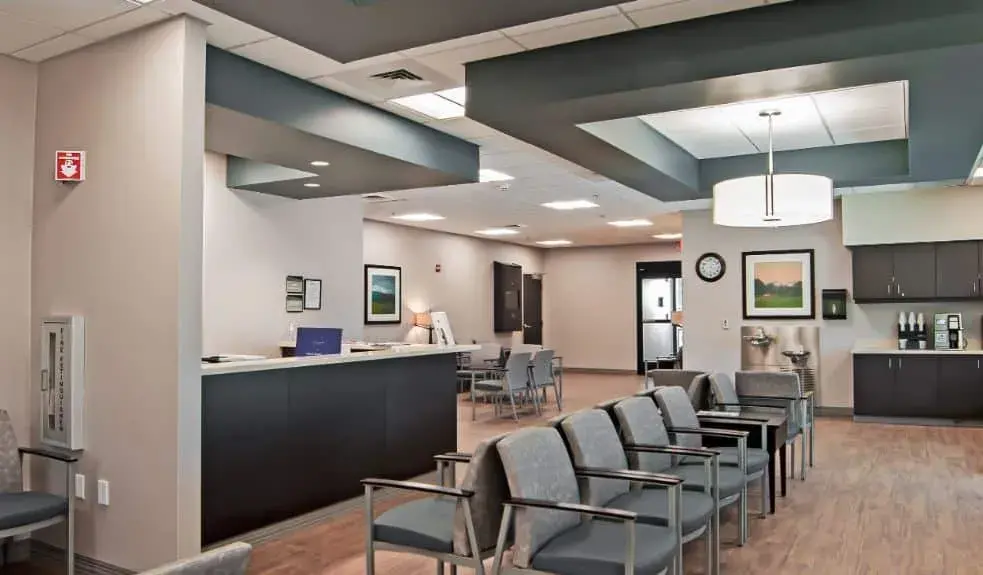Choosing the right location for a medical office in New York City is not merely a matter of real estate economics; it is a strategic decision critical to operational efficiency and patient satisfaction. The proximity to major healthcare facilities, ease of access through public transportation, and the local demographic profile deeply influence the viability and success of a medical practice. For instance, an office near well-regarded hospitals may benefit from increased referrals, while those in densely populated, underserved areas might capture a significant patient base. However, one must also consider the challenges that come with each choice, such as higher rents in prime locations or potential over-saturation in medical service markets. As we explore these dynamics further, it becomes apparent that the decision is as complex as it is consequential.
Analyzing Patient Demographics
To optimize healthcare delivery, it is crucial to delve into the patient demographics prevalent in New York City’s medical office spaces. Understanding the age, ethnicity, socioeconomic status, and common health issues of these populations enables healthcare providers to tailor services effectively.
New York City’s diverse demographic landscape demands a strategic approach in medical office placement and service offerings. For instance, areas with a higher concentration of elderly populations may necessitate more specialists in chronic diseases, whereas neighborhoods with younger demographics might benefit from pediatric and reproductive health services.
Evaluating Nearby Facilities
While analyzing patient demographics is essential, evaluating nearby facilities also plays a critical role in determining the optimal placement and specialization of medical office spaces in NYC. Proximity to hospitals, laboratories, and specialist centers can significantly enhance the appeal of a medical office, facilitating swift referrals and better patient care coordination.
Analyzing the availability of these facilities can help in establishing a network that not only supports but also enhances the medical services provided. Additionally, the presence of ancillary services such as pharmacies and physical therapy centers can be a decisive factor for patients choosing their healthcare provider.
Thus, a strategic assessment of nearby facilities can substantially impact the success and integration of a medical office within the community.
Read More:
How to Negotiate the Best Lease for Medical Office Space NYC
Cost-Effective Medical Office Space NYC: Tips for Budget-Conscious Practitioners

